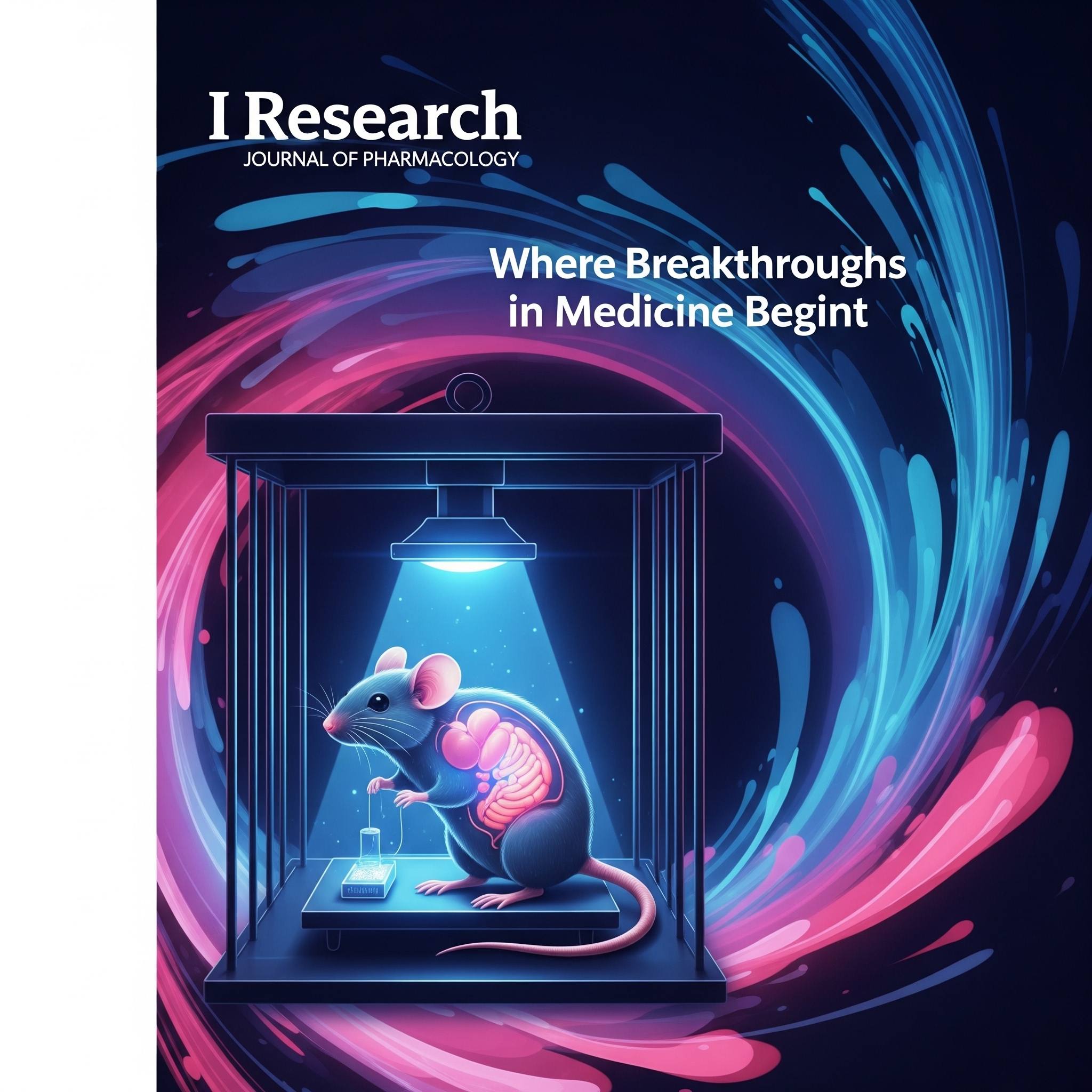
Published in:
I Research : Journal of Pharmacology
The I Research : Journal of Pharmacology provides a resource content about Pharmacology and Toxicology field especially about the pre-clinical studies, Clinical Investigations, Pharmacovigilance etc. This journal aims to publish all the recent research and reviews articles related to pharmacology and Toxicology like Pre-clinical and Clinical studies, PKPD Modelling, Bioavailability studies in animal models, Toxicological studies of synthetic and herbal drugs etc.. It is the international journal of published Bi-Annual by I Research Academia. Authors should consult the latest instructions to authors before preparing their manuscripts. All contributions must be in English and should be submitted online only in a single word file. All contributions must be in English and should be submitted online only in a single word file.
Anti Thyroid and Anti Oxidant Effects of Grape Skin Extract on L-Thyroxine Induced Hyperthyroidism in Rats
Abstract
Hyperthyroidism is a major endocrine disorder that greatly interferes with growth, metabolic activity, and thermoregulation in adults. The objective of this research was to assess the impact of hydroalcohol grape skin extract (GSE) on L-thyroxine (T4)-induced hyperthyroidism in rats. A total of 30 Wistar rats were assigned into five groups (n=6) at random. G1 (normal control) received distilled water. G2 (hyperthyroid control) received L-thyroxine (600 µg/kg, orally) for a period of 12 consecutive days. G3 (positive control) received L-thyroxine plus propylthiouracil (PTU, 10 mg/kg, i.p.) for 12 days. G4 and G5 (treatment groups) received L-thyroxine and GSE at doses of 200 mg/kg and 400 mg/kg orally for 12 days, respectively. The effects of GSE were assessed based on serum thyroid hormones (T3, T4, and TSH), liver function tests (AST and ALT), liver lipid peroxidation (LPO), glutathione (GSH), superoxide dismutase (SOD), and catalase (CAT) antioxidant levels, as well as histopathological investigation of the liver. The administration of L-thyroxine caused significantly higher T3 and T4 levels in the serum and lower TSH levels, indicative of hyperthyroidism. Treatment with GSE significantly lowered T3 and T4 levels and increased TSH levels in a dose-dependent manner. Levels of AST and ALT in the hyperthyroid group were significantly lowered in the GSE-treated groups.
